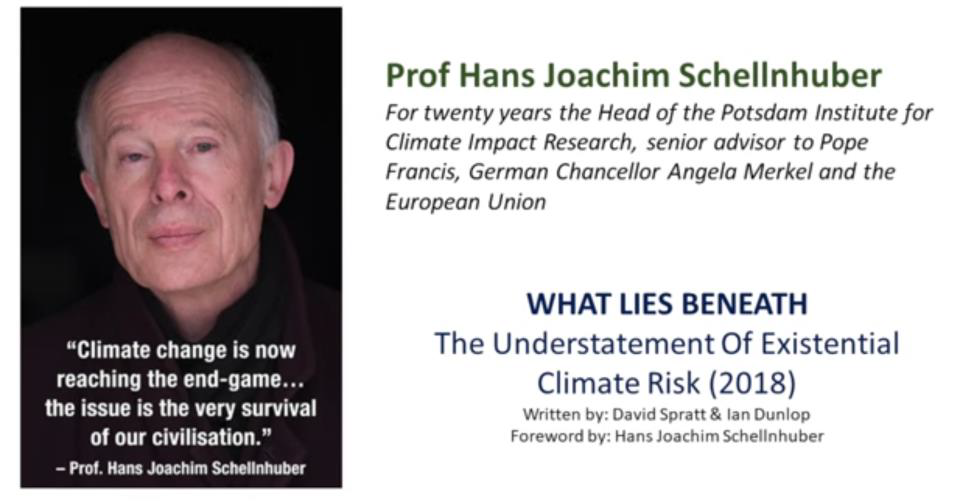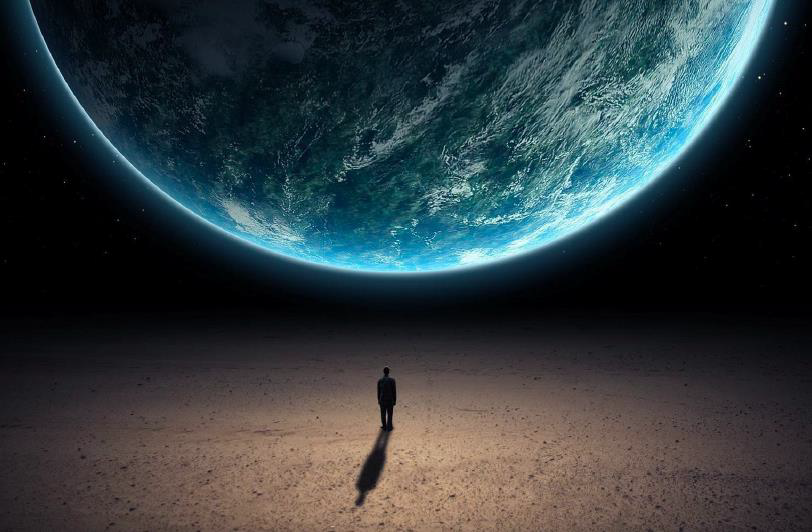The Precautionary Principle
Revised 2 December 2023
Reports by the IPCC are couched in terms of risk and probability because any field of science does not and cannot provide absolute certainty. All knowledge based on science is provisional. What distinguishes genuine science from pseudoscience is its willingness to allow evidence to confirm or challenge its theories. A strong pattern of climate science has developed over the last number of decades. With each increase in the understanding of our global climate systems, the more dire are the conclusions of climate scientists as to where our global climate system is currently heading due to insufficient action to reduce greenhouse gas emissions.
Taleb and colleagues (2014) summarise the Precautionary Principle as follows:
“The precautionary principle (PP) states that if an action or policy has a suspected risk of causing severe harm to the public domain (affecting general health or the environment globally), the action should not be taken in the absence of scientific near-certainty about its safety. Under these conditions, the burden of proof about absence of harm falls on those proposing an action, not those opposing it.”

Figure 1: Climate Change forms an Existential Threat
The action of burning fossil fuels accompanied by greenhouse gas emissions to the atmosphere falls well within the category of applying the Precautionary Principle because failure to cease burning fossil fuels sufficiently quickly would result in an existential threat to all forms of life on Earth. When confronted by a lack of absolute certainty, and especially when risks involve existential threats, the Precautionary Principle as adopted by the United Nations must be abided by all nations, including New Zealand.
We have a choice to make here for the sake of the survival of our own species and all other species on Earth. The choice we have is either a Hothouse Earth where we are currently heading or a Stabilized Earth. Lack of absolute certainty must not be allowed to be an excuse for any further delays in necessary action to mitigate the impact of climate change. The longer we delay action, the greater is the risk of a Hothouse Earth.
In order to avoid the prospect of a hot-house Earth, we need to reduce and eliminate our use of fossil fuels as an energy source. But we are totally reliant on high grade energy and materials for our survival. We have a choice here.

Figure 2: Our Energy Choice
Unless we are prepared to adopt a hunter-gatherer existence, we have no choice but to transition from fossil fuels to high grade renewable energy and infrastructure. We first need to examine fossil fuels in some detail in order to better understand the nature of our true options.